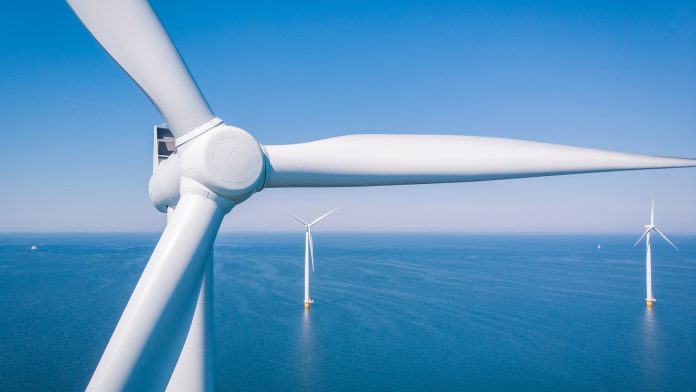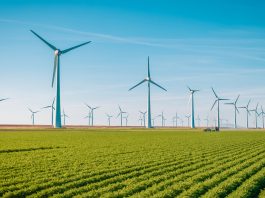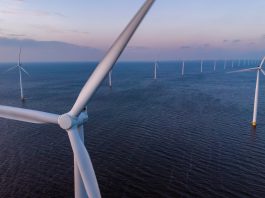A recent report published by WindEurope highlights that Europe has invested €41.4bn in new wind farms during 2021.
Wind farms are a collection of individual wind turbines, that are interconnected to an electric power transmission network. With the strive toward cleaner energy, Europe invested €41.4bn in new wind farms in the course of 2021.
This figure is 11% less than in 2020. However, the investments cover 24.6 GW of new capacity, which is a record for new capacity financed in a single year. Most of the new wind farms financed were onshore – 19.8 GW. This partly explains why the amount invested was down compared to 2020: onshore wind is slightly cheaper than offshore.
Geographically, the investments were spread evenly, and 11 countries invested more than €1bn. The UK invested the most (almost exclusively in offshore wind) followed by Germany, France, Spain, Sweden and Finland. Spain invested the most in onshore wind. Sweden, Finland, Poland and Lithuania all invested more in new wind farms than they had done in any previous year.
Europe strives to obtain more new wind farms
The strong onshore wind investments show that Europe is starting to turn the corner on permitting. Although, the results continue to position Europe a long way away from achieving its new climate change and energy security targets. The REPowerEU agenda now wants the EU to expand its wind capacity from 190 GW today to 480 GW by 2030. This means building 35 GW of new wind turbines a year until 2030. The new wind investments in the EU in 2021 covered only 19 GW of new capacity.
Europe’s wind supply chain could and should be building much more rapidly. The wind energy market in Europe is currently half the size it should be, undermining the competitiveness of the supply chain. This is compounded by the rising costs of steel, other commodities and components, supply chain disruptions and higher shipping costs.
Europe’s five wind turbine manufacturers are now operating at a loss. To restore the health of the wind energy supply chain, the EU must continue to improve permitting, ensure a strong home market and pursue trade and industrial policies that support the sector. Europe will only reach its climate targets and ensure energy security if it removes barriers to the expansion of renewables and ensures wind power remains an attractive investment.
CfDs for new wind farms
A growing number of new wind farm investments are underpinned by contracts for difference (CFDs) that governments are offering in their renewables auctions. CFDs deliver stable revenues for project developers at low costs to governments – because governments only payout when the electricity price is below the auction price but get paid back when it is higher. CFDs also reduce finance costs because the clear revenue perspective means that banks finance projects at favourable rates of interest.
2021 was a record year for corporate renewable power purchase agreements (PPAs). 6.9 GW of new PPA deals were announced, raising the total amount of renewables under PPA by 58% in one year alone to 18.8 GW. Wind power was 60% of the new PPA capacity with 41 new PPAs for onshore wind farms and 11 for offshore wind farms.









